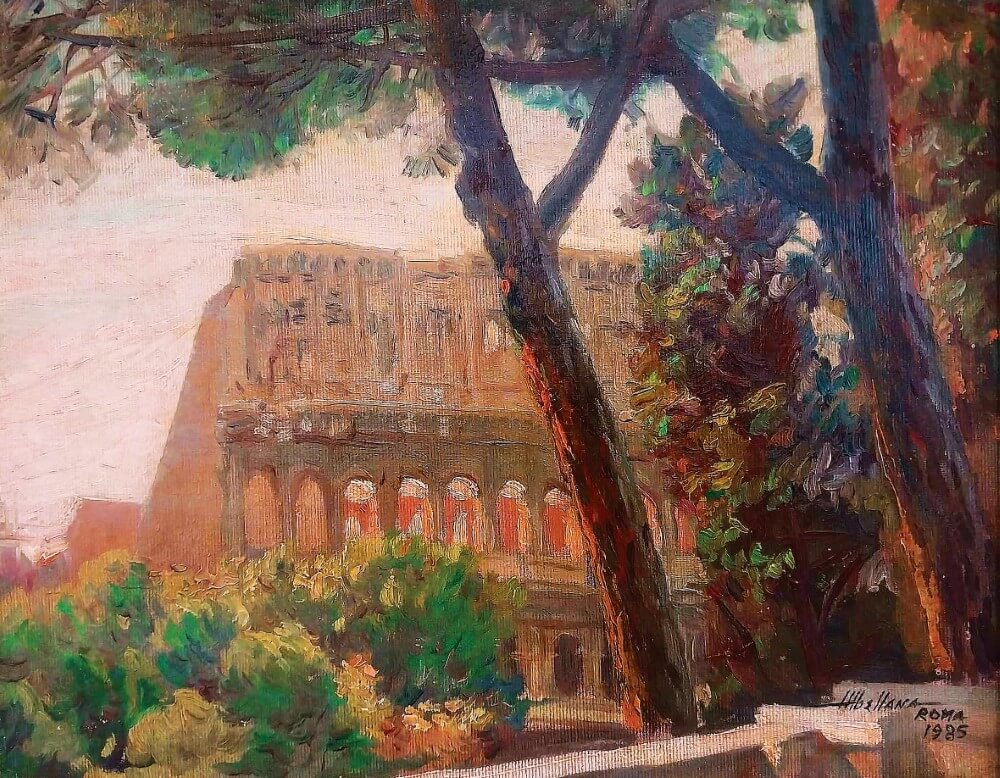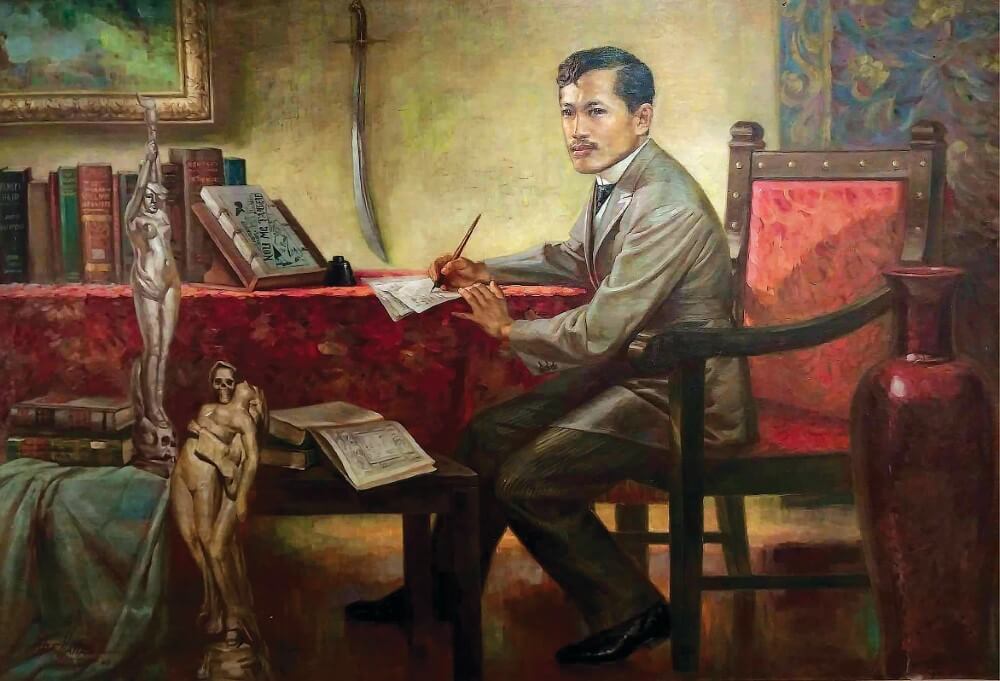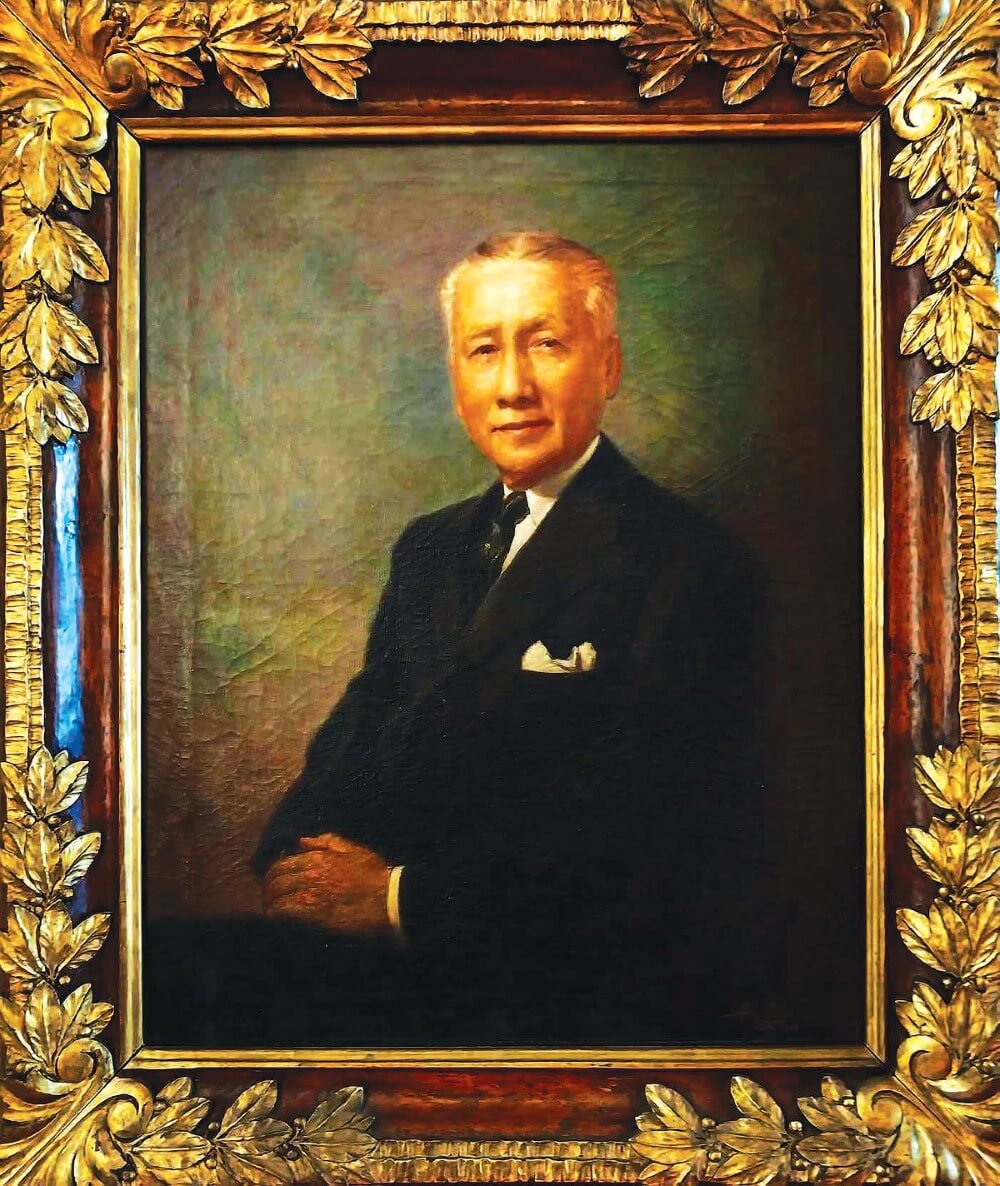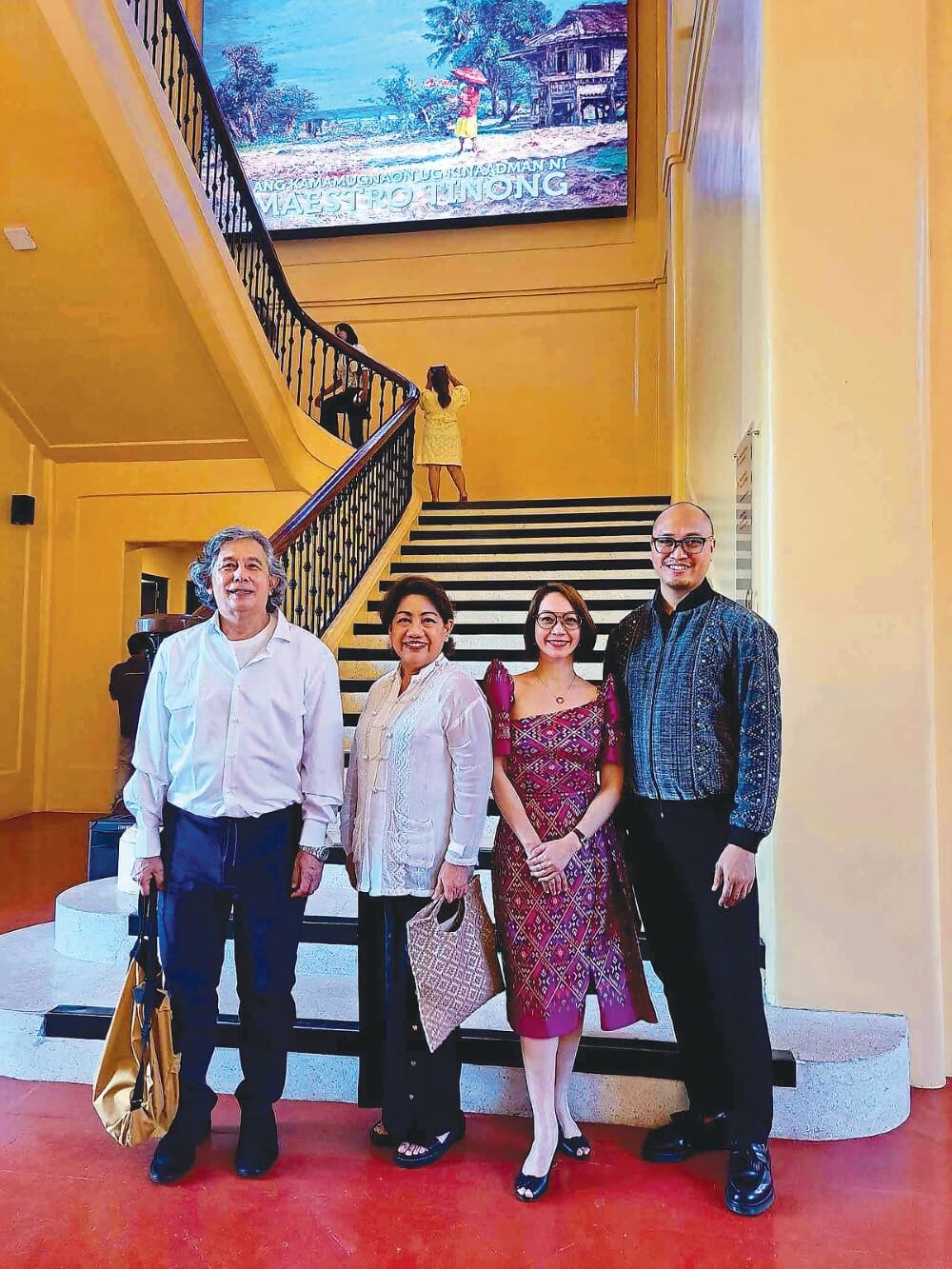An intimate look at the works of Cebuano master Martino Abellana which are currently on display at the National Museum of the Philippines – Cebu.
text and photos by JING RAMOS
Martino Abellana (1914-1988) remains a central figure in the development of Cebuano artists that spanned over four decades. The artist’s technical and theoretical knowledge of art was honed at the University of the Philippines (1933-1936) under the tutelage of Fabian de la Rosa, uncle and mentor of Fernando Amorsolo, regarded as the master of the Philippine art genre. The discipline that ensued after this period of education and exposure gave way to the artist’s distinct impressionistic style that combined the qualities of earthiness and luminosity. It soon became a signature style, mostly evident in his paintings of idyllic rural landscapes and classic portraiture of the elite as well as simple folks.



Martino Abellana hailed from a family of artists, so those artistic genes were packed in his DNA since day one. It is noteworthy to point out that the young artist’s early beginnings in the town of Carcar shed light on his predisposition to the visual arts. Abellana drew inspiration from his habitat and its kindred spirit, drawing attention to Carcar, otherwise an obscure albeit prosperous town in the province of Cebu.
After his diligent studies in the capital, Noy Tinong, as he is fondly called, returned to Cebu to devote his time to teaching and mentoring students in various colleges and universities in Cebu. His banner was visual art, and he continuously championed the cause. Eventually, he founded the Fine Arts Program of UP College Cebu in 1975 and two other prominent artists, Jose Joya and Julian Jumalon. As a result of all his earnest efforts, Martino Abellana earned the encompassing title of Dean of Cebuano Painters.

Articles and books have been written applauding one of the most understated Philippine artists, but none as vivid as the recent National Museum of the Phillipines-Cebu exhibition. A timely tribute to the artist celebrating his creativity and genius, Ang Kamamugnaon ug Kinaadman ni Maestro Tinong, the collection of sketches, portraits, abstract paintings, and landscapes was sourced mainly from the artist’s family and private collectors. Also featured is what I believe to be Martino Abellana’s magnum opus, Job Was Also Man, which won first prize and the best conservative painting award at the Art Association of Philippines semi-annual competition in 1953. Visit the exhibit at Gallery 5 on the museum’s upper level for a limited time.
@cebucity @carcarcity @martinoabellana @cebuart
